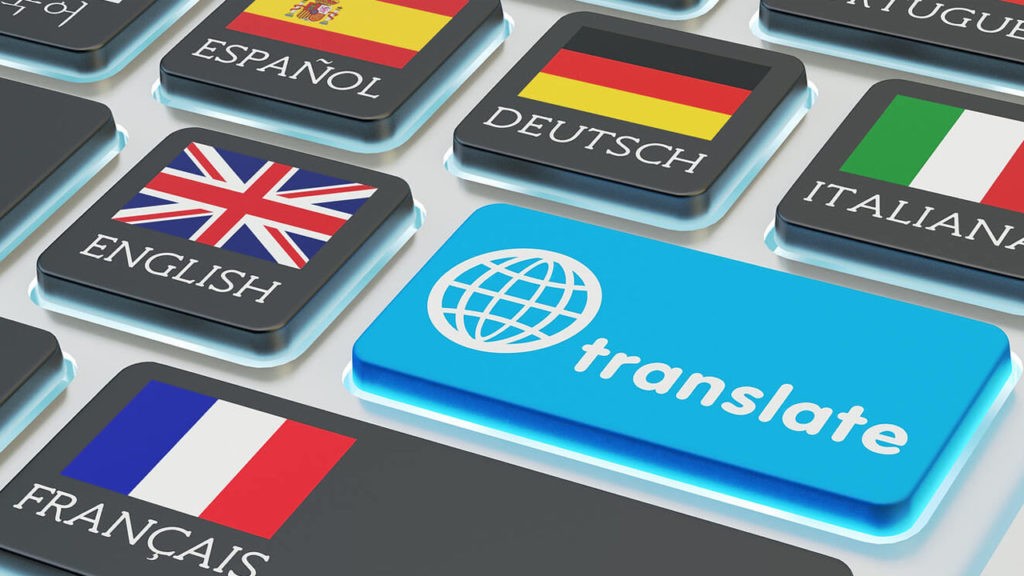Nowadays, user manual translation is essential for global businesses.
Besides offering great products, you must ensure users understand how to use them. Therefore, translating manuals properly becomes a top priority.
It’s not just about words. Rather, the message must fit the local language, laws, and cultural expectations. Furthermore, a professional translation reduces risks. When users understand instructions, mistakes become less likely. Consequently, you avoid product failures, accidents, and complaints.

Why is translating manuals important?
First of all, manuals guide users. But if they can’t read them, they might misunderstand key steps. This can lead to damage or injury. Additionally, many countries require translations by law. For instance, Spain enforces this through Royal Decree 1644/2008.
On the other hand, offering a translated manual shows customer respect. It improves their experience. It also increases their loyalty. If they feel supported, they’re more likely to buy again.
Benefits of a good user manual translation
Professional translation enhances customer experience. Users feel supported and better understand the product. This reduces technical support inquiries and increases satisfaction. Additionally, quality translation strengthens brand image and shows commitment to the customer.
Risks of poor User Manual Translation
However, poor translation causes problems. It leads to confusion and misuse. This can result in breakdowns, accidents, or even legal claims. Besides, a bad translation sends a message of carelessness. And that hurts your reputation. Even worse, you may break local laws. In many markets, failing to provide a translated manual leads to penalties or bans.
Cultural adaptation and localization
Literal translation isn’t enough. Adapting content to the cultural context of the target country is vital. This includes units of measurement, cultural references, and local regulations. Localization ensures the manual is understandable and relevant to the user.
Regulations and legal compliance
Complying with local regulations is crucial. Many countries require manuals to be in their official language. Failure to comply can result in penalties or product withdrawal from the market.
Features of a good user manual translation
- Clear and simple language.
- Moreover, correct use of technical terminology.
- Consistency in terms used.
- Cultural adaptation and localization.
- Compliance with local regulations.
Recommendations for translating manuals
- Hire specialized translators: Professionals with sector experience and technical knowledge.
- Review and validate the translation: Include product experts in the review process.
- Regular updates: Keep manuals updated with the latest product versions.
- Use computer-assisted translation tools: To maintain consistency and quality in terms.
Finally, if you need more information visit Translation and localization: what’s the difference?
Conclusion
To sum up, user manual translation is more than a technical task. It’s part of your brand experience, safety policy, and legal strategy.
A well-translated manual avoids costly mistakes. It also builds trust and opens new markets. If you want to grow, start by translating your manuals well. That way, you’ll expand safely and sustainably.
Finally, if you need more information please visit Tourism Translation: Speaking the Traveler’s Language



